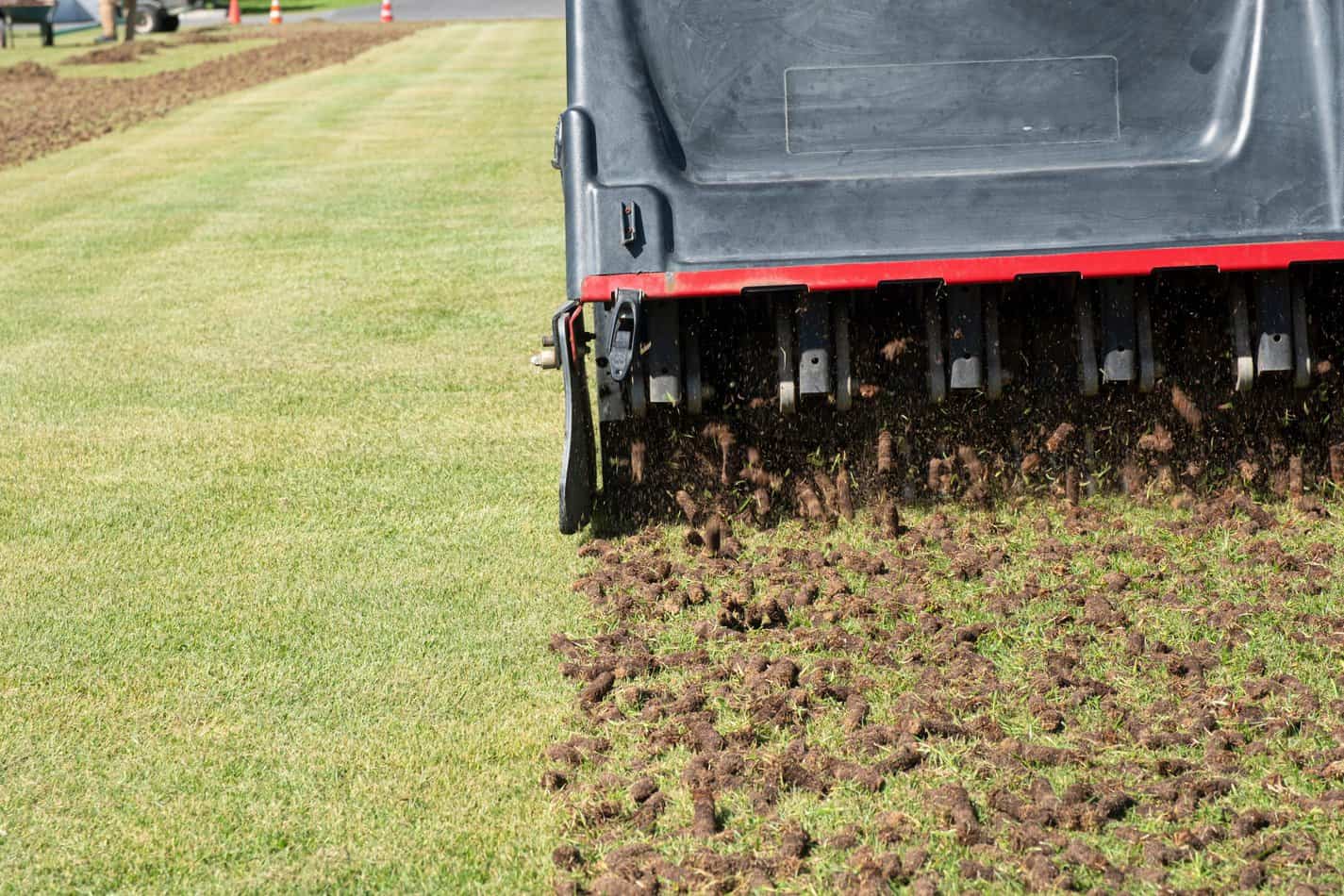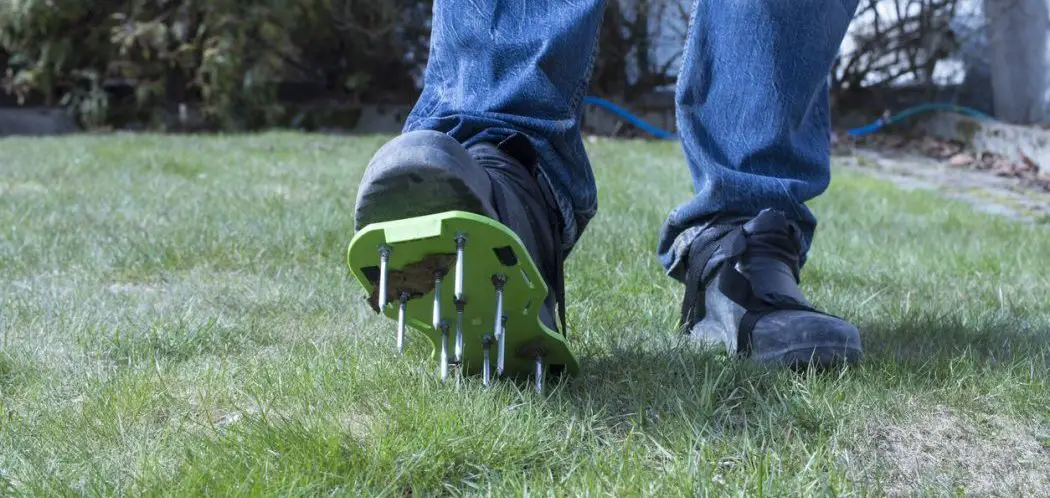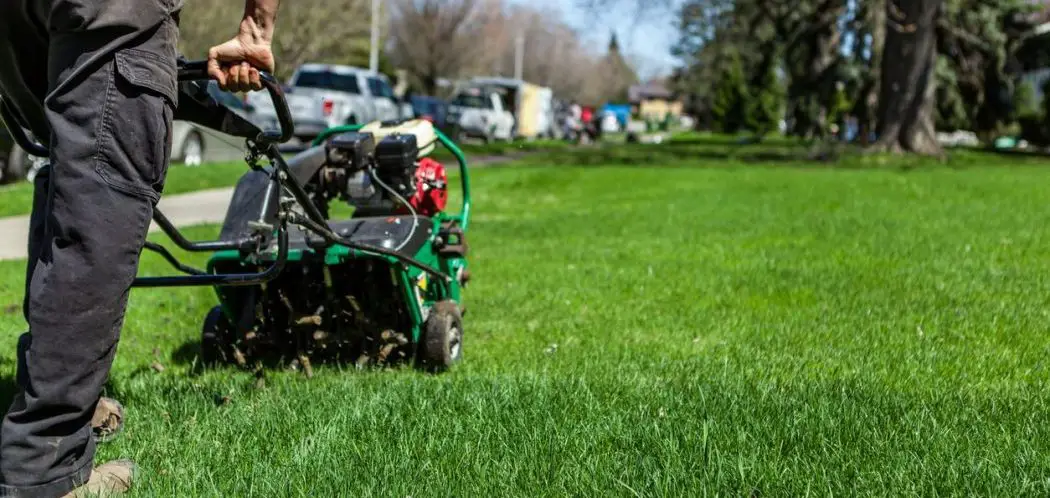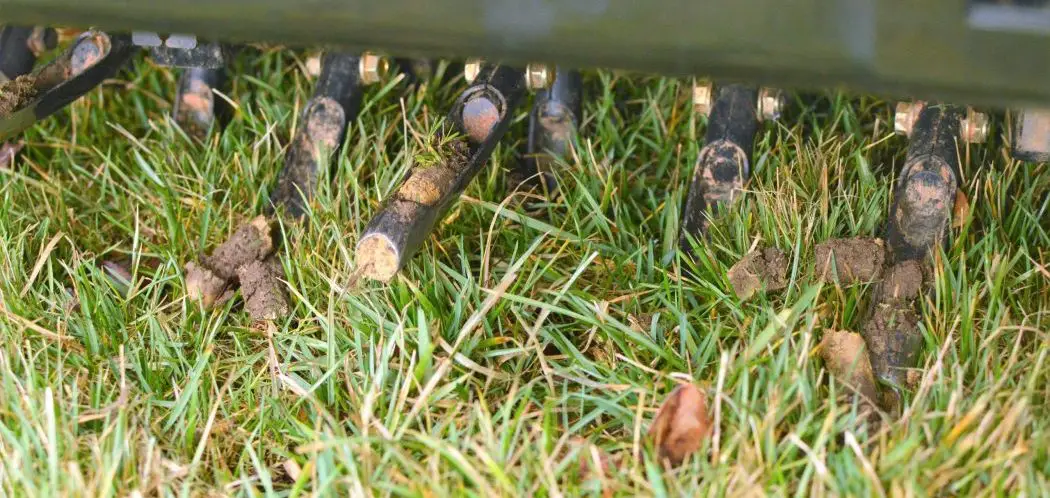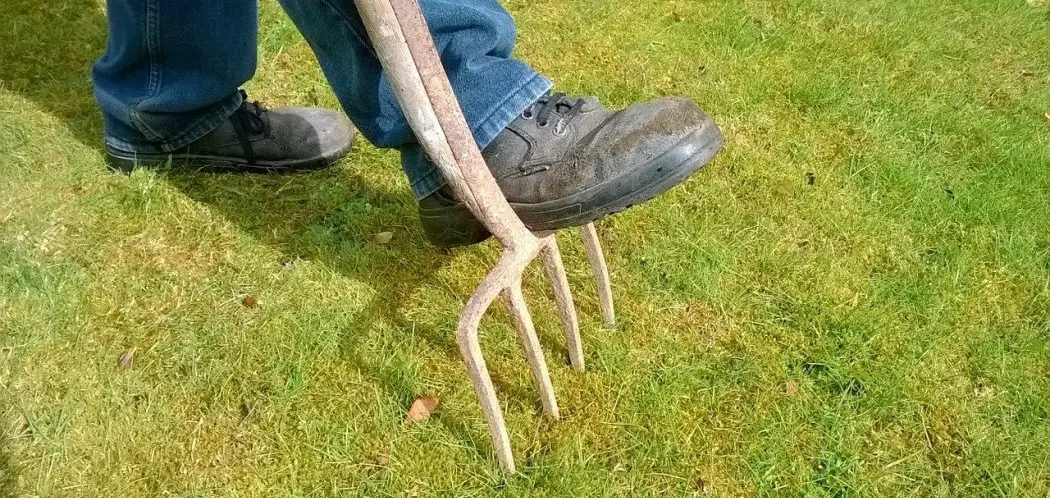Aerating your lawn is important because it helps increase the amounts of water and nutrients that go into the soil. You can hire a professional company to aerate the lawn for you, or you can do it yourself, but either way, it can be a little expensive. Before we get into some of the reasons this is so, let’s take a look at why regular aeration is so important.
The Type of Aerator
Aerating your lawn involves poking small holes in the soil so that oxygen and nutrients go deeper into the soil. This, in turn, allows for much healthier grass, especially if it’s done regularly. There are three main types of aerators, including:
Spike aerators
These devices look similar to a regular mower but work much differently. If you have loamy or sandy soil, the devices work better. This is also the least expensive way to aerate your lawn, and you can either rent or purchase the device.
Liquid aerators
They’re usually mixed with water, then sprayed on the lawn, and they are often called soil looseners. They are easy to operate if you have the right attachment for your hose, and they generally don’t take as long as the other types of aerators do.
Core aerators
Also called plug aerators, these devices have tines that remove dots of soil, then place them on top of the soil. The fact that they leave the “plugs” on top of the soil is something that many people don’t like about the devices.
To be sure, there are pros and cons to all three of these types of aerators, and they also vary by the type of power they use (gas versus electric) and their overall design (manual versus machine versus tow-behind). Some people also choose special shoes that have spikes on the bottom and require only that you walk across your lawn for it to be aerated. The disadvantage of these is that it usually takes a while to walk across every inch of your yard.
Now let’s talk about some of the main reasons why aerating devices are so expensive. They include the following:
Overall Size and Accessories
Lawn aerators come in many different sizes and with all types of accessories. Naturally, if you get a fancier aerator or one with lots of accessories, it’s going to cost you even more. Nevertheless, even the most basic lawn aerators can be expensive on their own. An entry-level aerator can cost around $1,000 and usually weighs less than 200 pounds. You can pull it from behind a riding lawn mower, and the width is usually either 54 inches or 66 inches, with a total of 60 coring spoons.
Mid-sized aerators usually cost around $2,500 and are usually used only by professional landscapers. They have a width of up to 105 inches with 120 coring spoons. You usually need a tractor to pull this type of aerator. Finally, there are larger aerators that can easily cost $5,000–6,000 and which have a width of up to 144 inches and include a 65-gallon tank. With these models, you can easily switch between coring spoons and tines.
The Size and Type of Blades
Each lawn aerator comes with blades that are usually made of solid galvanized steel. The steel is a rust-proof type of steel, so you can rely on the aerator to work properly regardless of the abuse it takes. This means the blades are built to last a very long time and are low-maintenance in the meantime. You still need to take good care of the machine by storing it in a shed during the winter months and when it isn’t being used, but you do not have to treat it with kid gloves.
The Types of Tines
The type of tines found on lawn aerators will directly affect the price of the aerator. The three basic types of tines include:
Solid tines
Also called spikes or pencil tines, these are typically found on gardening forks as well as other devices and can be used all throughout the year. If you want shallow spiking that doesn’t allow the tines to go too deep in the ground, you’ll want to choose solid tines.
Hollow tines
Hollow times are best used in the fall and sometimes in the spring. They are also called coring tines, and they remove a small plug from the ground and then deposit the plugs on top of the soil. They tend to leave larger holes than the other types, which makes them good for when you’re preparing to overseed.
Slit tines
These tines are flat and have slits in them, and they prune the blades of grass to encourage strong roots. These shouldn’t be used during the summertime but work great in the fall months.
Manual vs Machine Aerator
Manual lawn aerators will naturally be less expensive than the other types, even though many people prefer this type. Manual lawn aerators can be broken down into many different types, including the types that you use your hands to push down into the soil, which usually have either two or four tines, and spike shoes, which are covered at the bottom with tons of tines and allow you to simply walk across your lawn to aerate the soil.
Machine aerators are more expensive than manual ones, and they are broken down into those that you push just as you do with a push lawn mower and the types that you tow behind a tractor or a riding lawn mower.
DIY vs Store-Bought Lawn Aerator
A store-bought lawn aerator can be expensive, even if the manufacturer considers it a basic or standard machine. DIY aerators can be a little less expensive because you make them out of recycled oil drums, flat boards with nails on them, which are then placed under your shoes, and many other methods. The thing is, though, the DIY aerators don’t always work the same, but they are still relatively effective and much cheaper than the aerators you purchase or lease.

